Lighting the Past: The Reserve Collection, Part 1
After beginning on the 7th November 2013, the Lighting the Past Team has finally finished the general Reserve Collection, 54 weeks later, on the 21st November 2014. The fifth and by far the largest collection we’ve tackled to date, some 6,594 bibliographic records were created, along with a further 9,302 item records. 630 items were reported to ESTC, 384 of which were new reported holdings, 237 were verified holdings, and 9 of which were completely unique to St. Andrews’ Special Collections Department. The Reserve Collections are the general rare book collections owned by the University which are not part of other named collections; the general Reserve Collection (with the prefix ‘r’) includes all post-1700 books which are not found other named collections, and numbers far over 10,000 books in total!
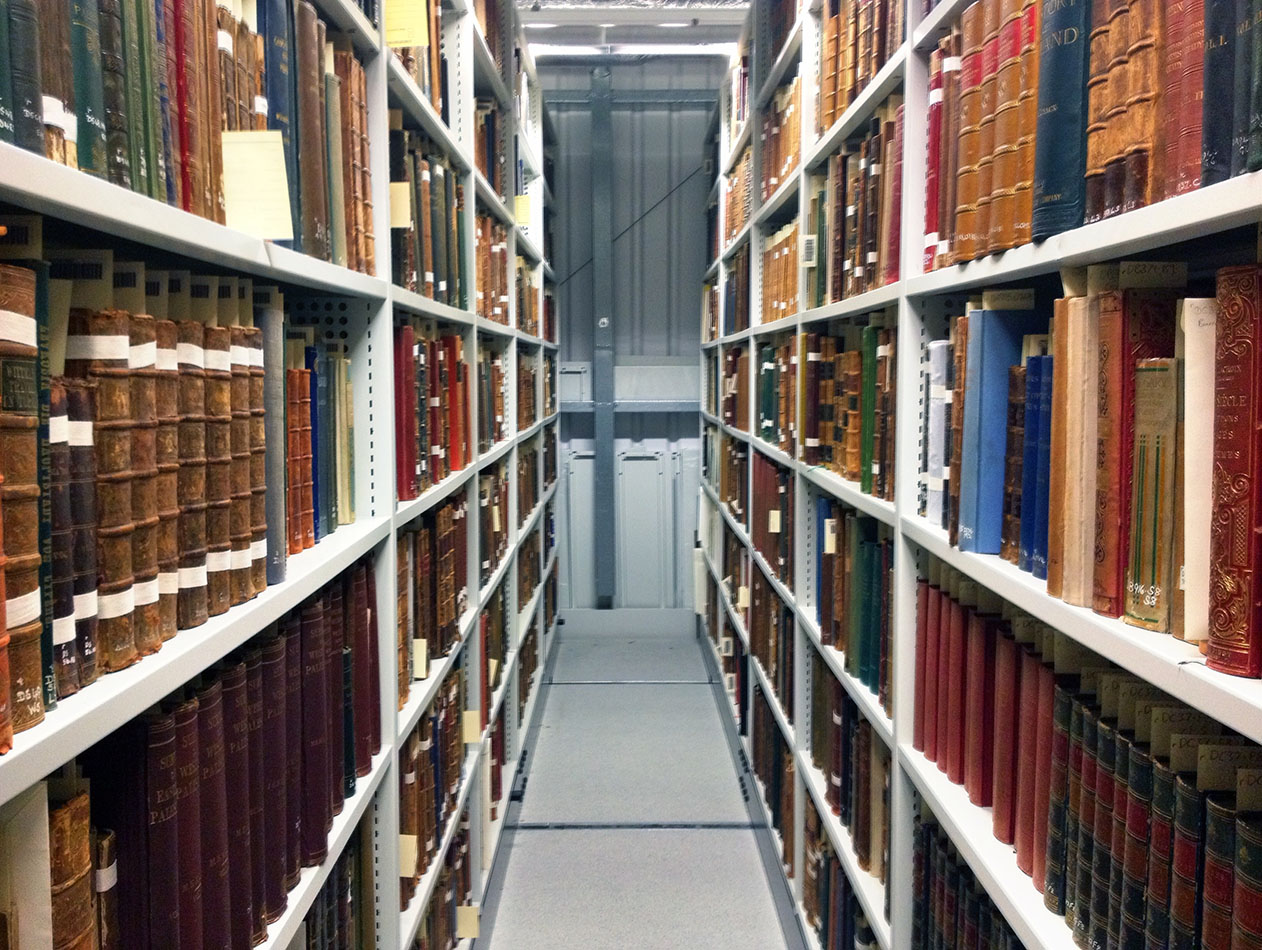
The collection is vast, containing huge multi-volume sets, massive collections of pamphlets, and swathes of individual holdings. The general Reserve Collection covers everything from History (Modern and Ancient), World Travel, Trade & Industry, Slavery, and Crime & Punishment, to Poetry, Shakespeare, Literature, and Scientific Works.
Though the scope of the general Reserve Collection makes it difficult to pick out only a few highlights, there were a number from the realm of World History and Travel that particularly caught my eye. Egyptologist Amelia Edward’s A Thousand Miles Up The Nile, published in 1877, is a fascinating travelogue of her adventure on the legendary river. Accompanied by over 70 illustrations drawn by the author while out in Egypt, the account brings the ancient world to life, as she and her team pass through the ruins of grandeur from the Port of Alexandria to the Third Cataract.
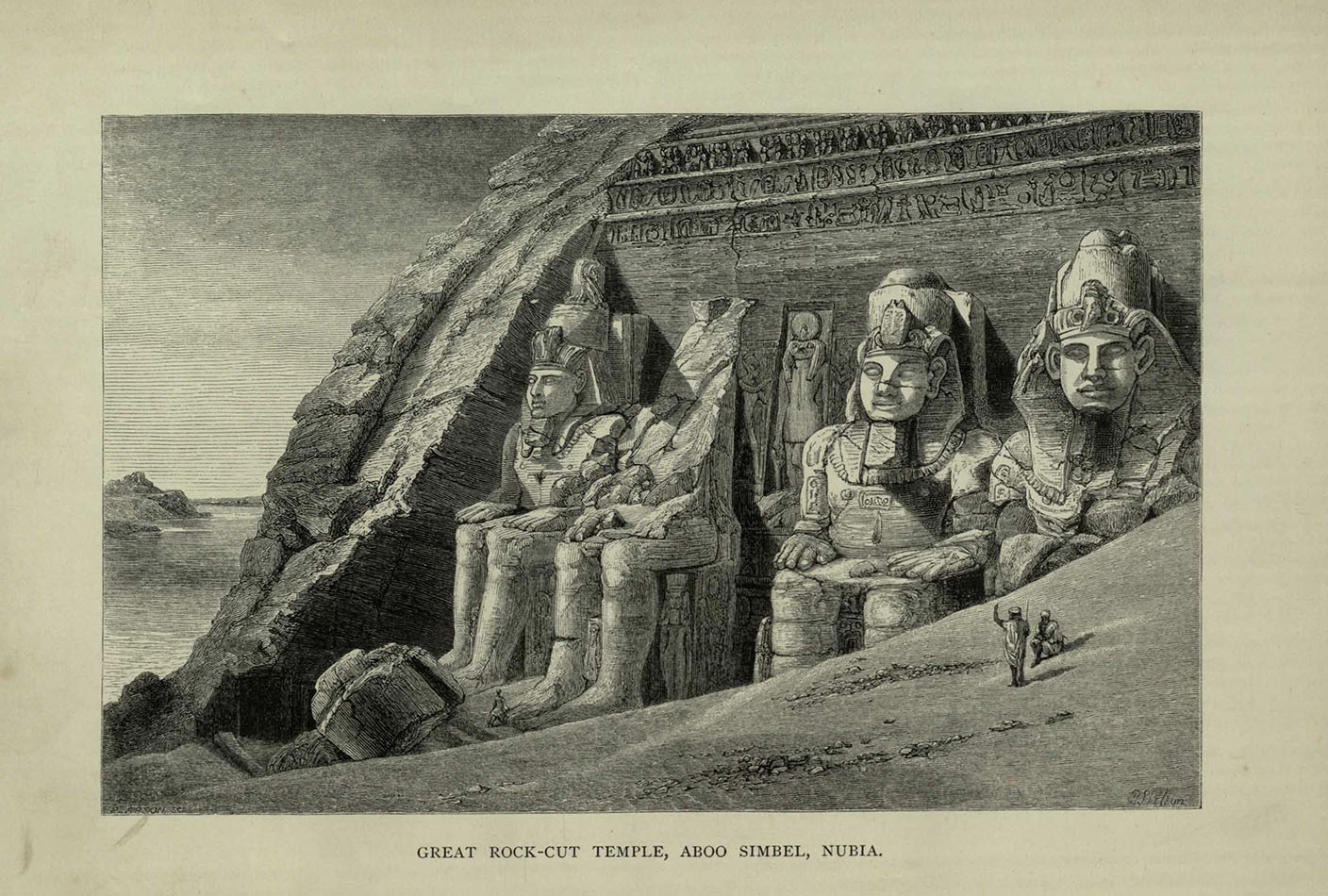
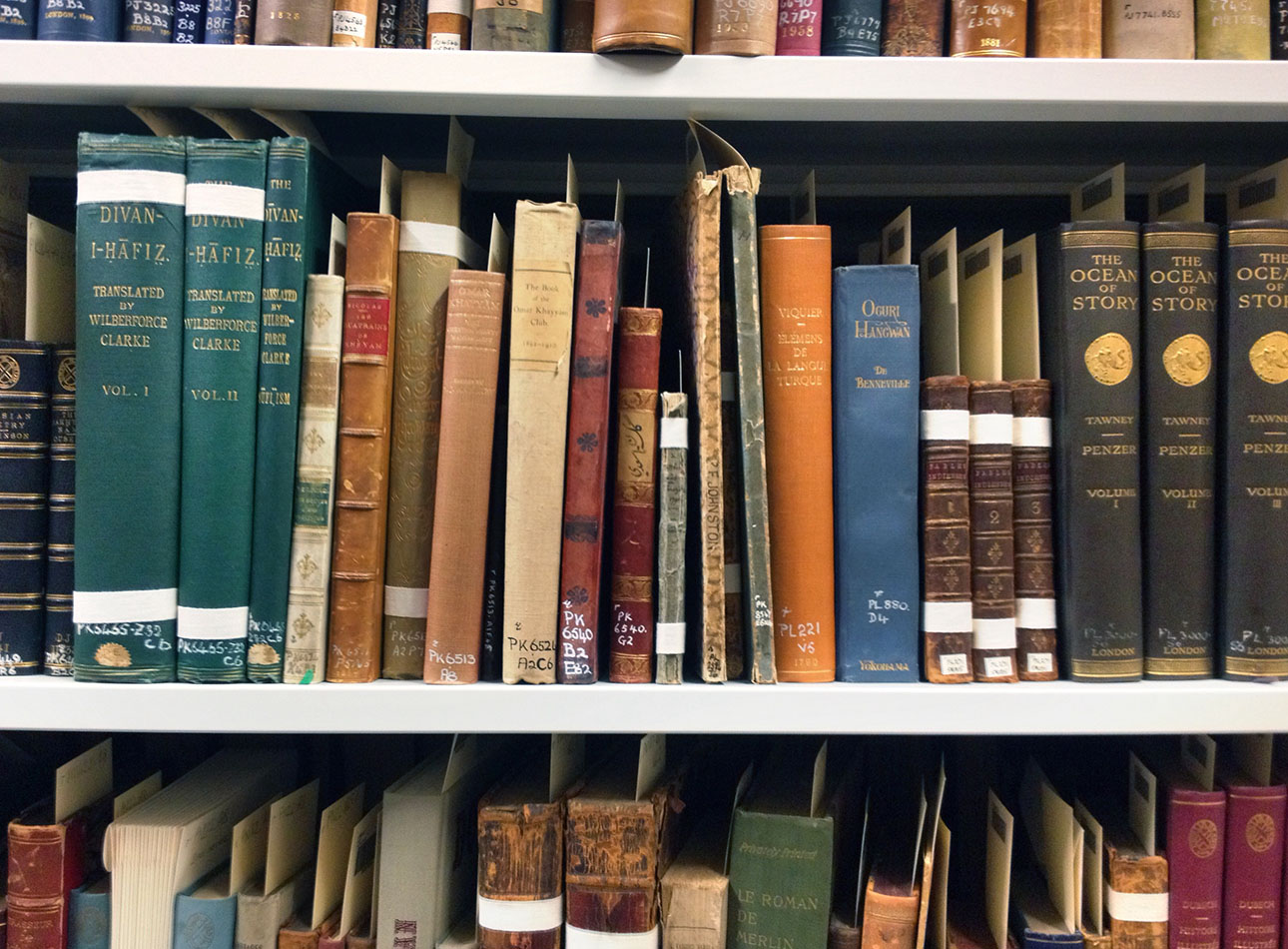
Another item which stood out to me, though my field of study is probably the source of my bias for this one, was a five volume set of the Catalogue of the Cuneiform Tablets in the Kouyunjik Collection of the British Museum by Carl Bezold. Cuneiform is one of the oldest known language scripts, and was used to write a number of early languages, including Sumerian, Assyrian, and Babylonian. The British Museum has a collection of over 130,000 Cuneiform tablets, the largest of its kind anywhere outside of Iraq. Although this catalogue was published in 1889 (and therefore doesn’t account for the more modern acquisitions), the collection at the time included tablets from the ground-breaking discovery of the Royal Library of Ashurbanipal, the last great king of the Neo-Assyrian Empire. These tablets have been key in revealing more about some the oldest civilisations ever discovered, and as such, are some of the most exciting finds in archaeology (or at least, I think they are).
Moving away from the Ancient Near East (though it loathes me to do so), another fascinating tome we discovered was a Handbook of the Old-Northern Runic Monuments of Scandinavia and England. Collected by Dr. George Stephens and published in 1884, this folio book contains illustrations and translations of a number of Nordic carvings, particularly monoliths, and many featuring ancient Nordic runes. Whilst not quite as ancient as Cuneiform, the translation of these runes was again key to developing our knowledge of ancient Nordic culture and history.
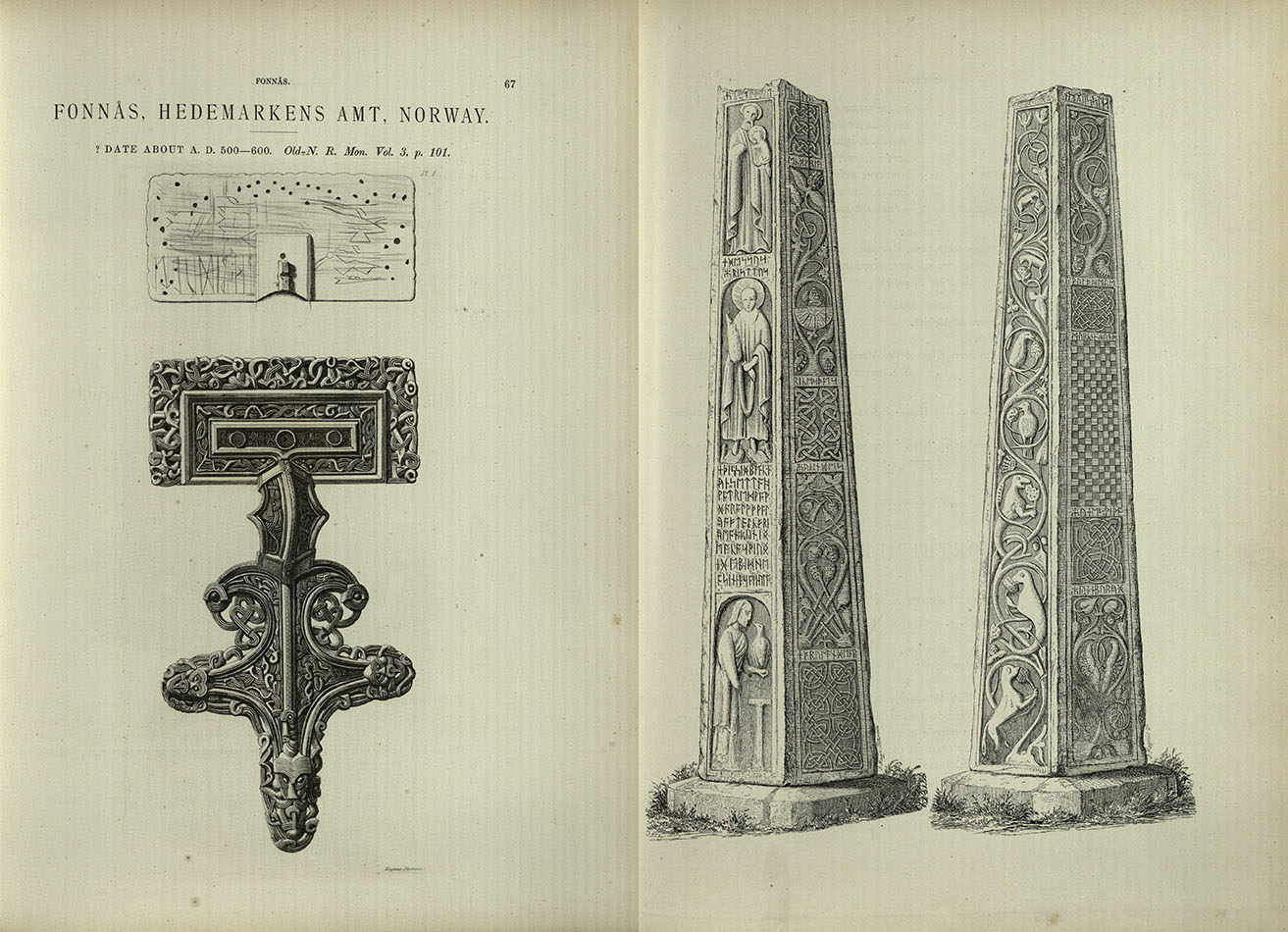
As mentioned above, the collection features a number of texts regarding slavery, many of these dating from the 19th century – a period which saw huge upheaval in both North America and Colonial Britain, both nations finally taking large steps toward the abolishment of slavery.
One of these texts contains a number of treatises on slavery between 1856-7, collected and bound together in a single tome. Entitled Pamphlets on Slavery, it includes documents from the Society for the Mitigation and Gradual Abolition of Slavery Throughout the British Dominions, a document written by Sir Robert Horton entitled The West India question practically considered, and a presentation named Notes on the Present Condition of the Negroes in Jamaica by noted English geologist Henry be la Beche.
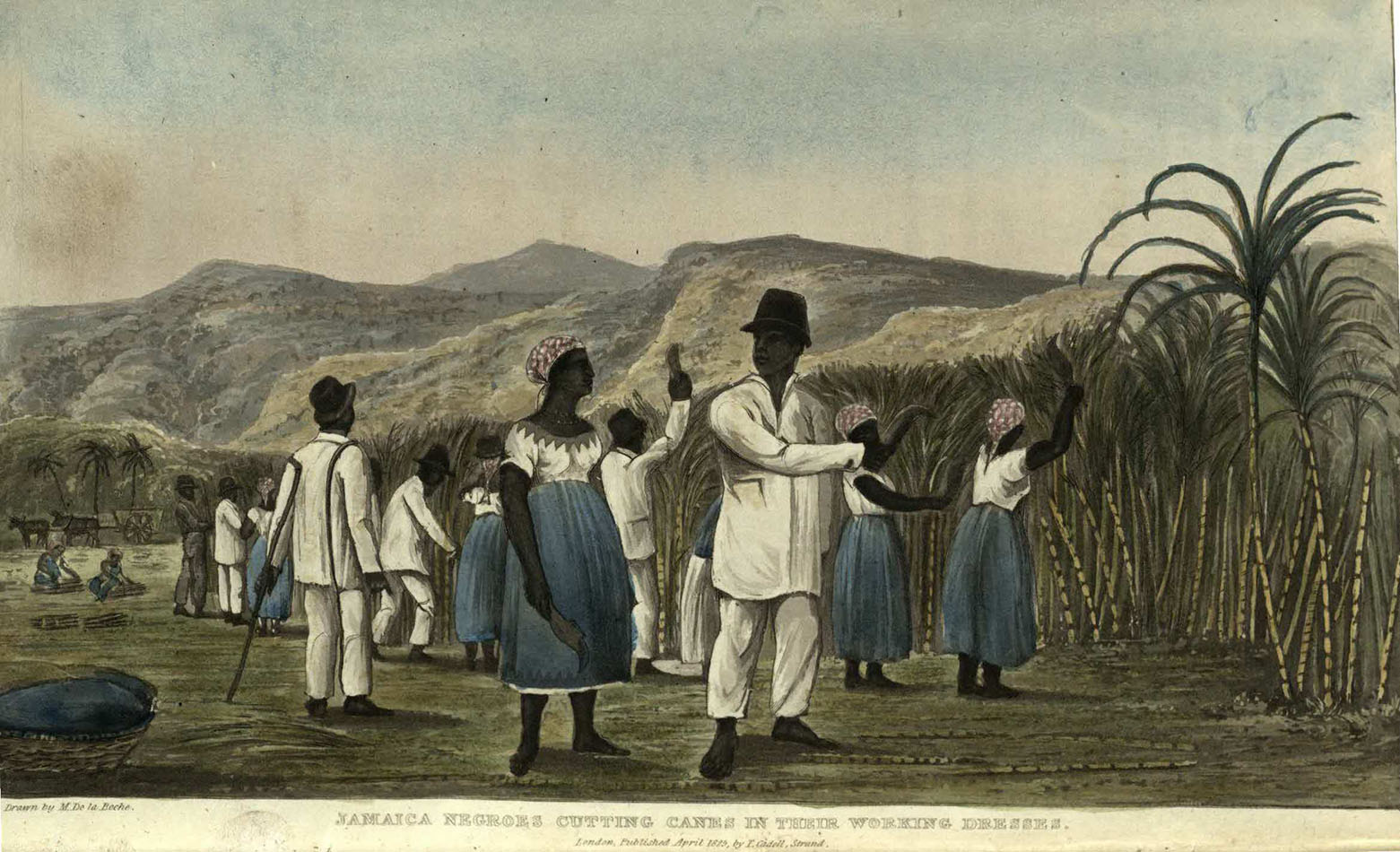
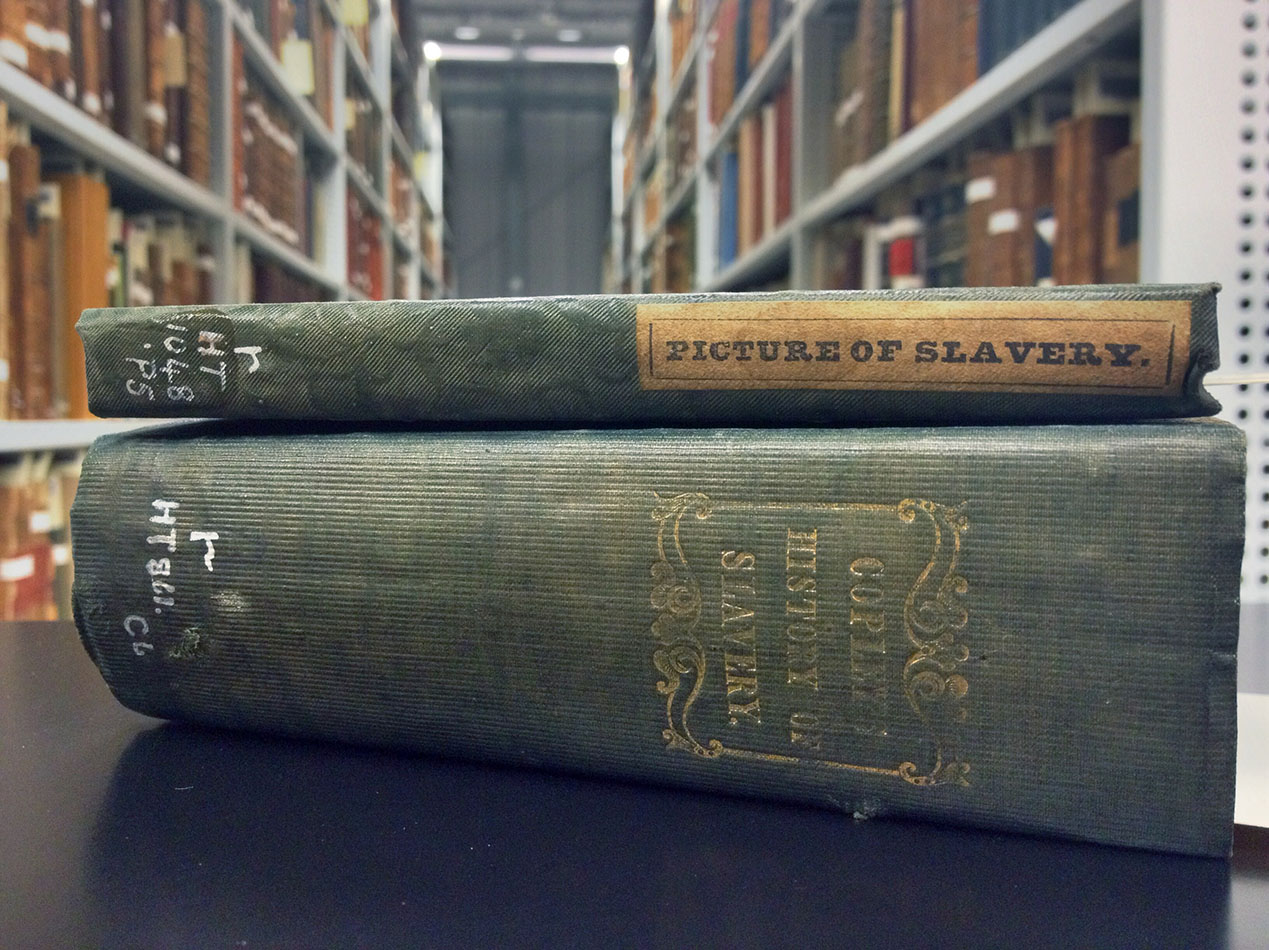
Two other noteworthy books from amongst those regarding slavery are pictured above – the tiny 16cm Picture of Slavery in the United States of America, printed en masse in Glasgow; and Esther Copley’s A History of Slavery, and its Abolition. Picture of Slavery is a small volume printed for the British public in order to raise awareness of anti-slavery campaigns. In the preface, the anonymous author notes,
‘he felt persuaded that he could not do a more essential service to the cause of true religion and constitutional liberty in this country, than to have [the volume] printed in a cheap edition, and presented to his fellow-countrymen’.
Copley’s History charts slavery from murmurings in the Old and New Testaments, to the institution under the Romans and further, to the then-contemporary atrocities being committed in Ethiopia and other places in 1834.
To round up this week’s post, let’s take a quick look at some of the scientific documents featured in the collection.
First up we have Robert Gunther’s two volume The Astrolabes of the World. Featuring a huge number of plates collecting together some beautiful examples of astrolabes, the book catalogues many of these ancient devices, used by astronomers and navigators of antiquity to predict the position of celestial bodies, for triangulation, and for determining local latitude from local time (or vice-versa).
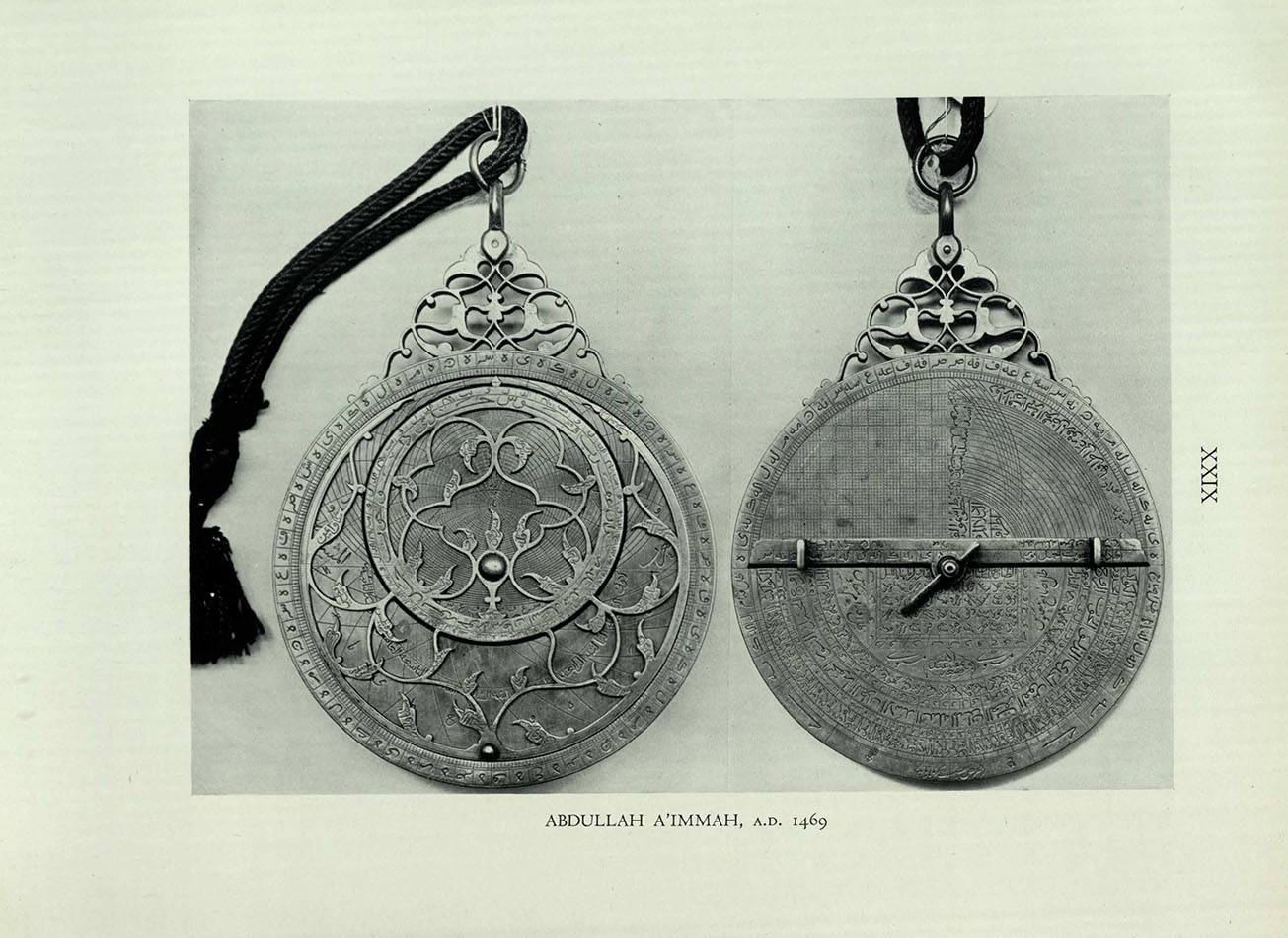
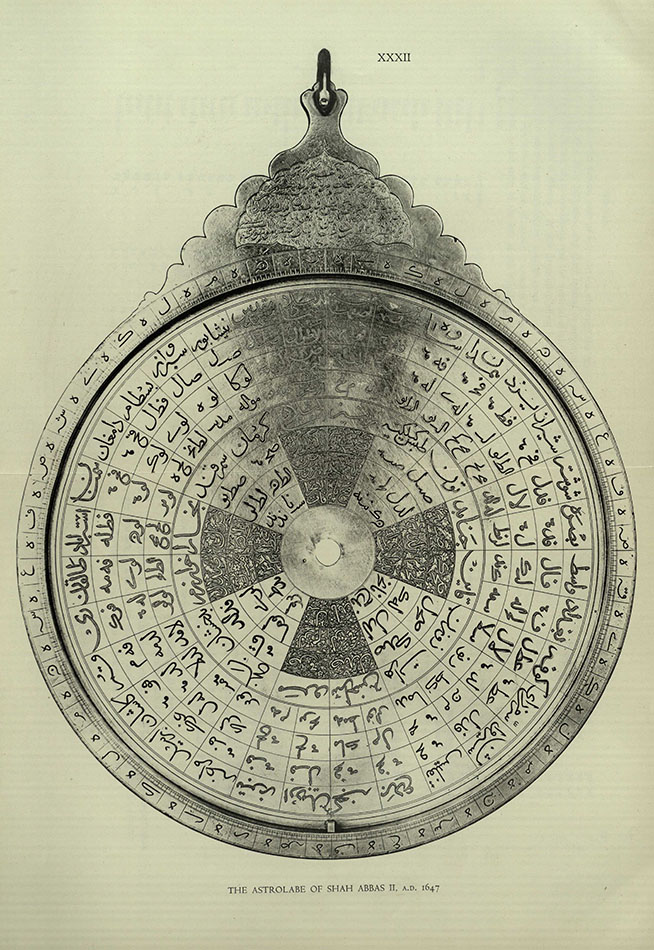
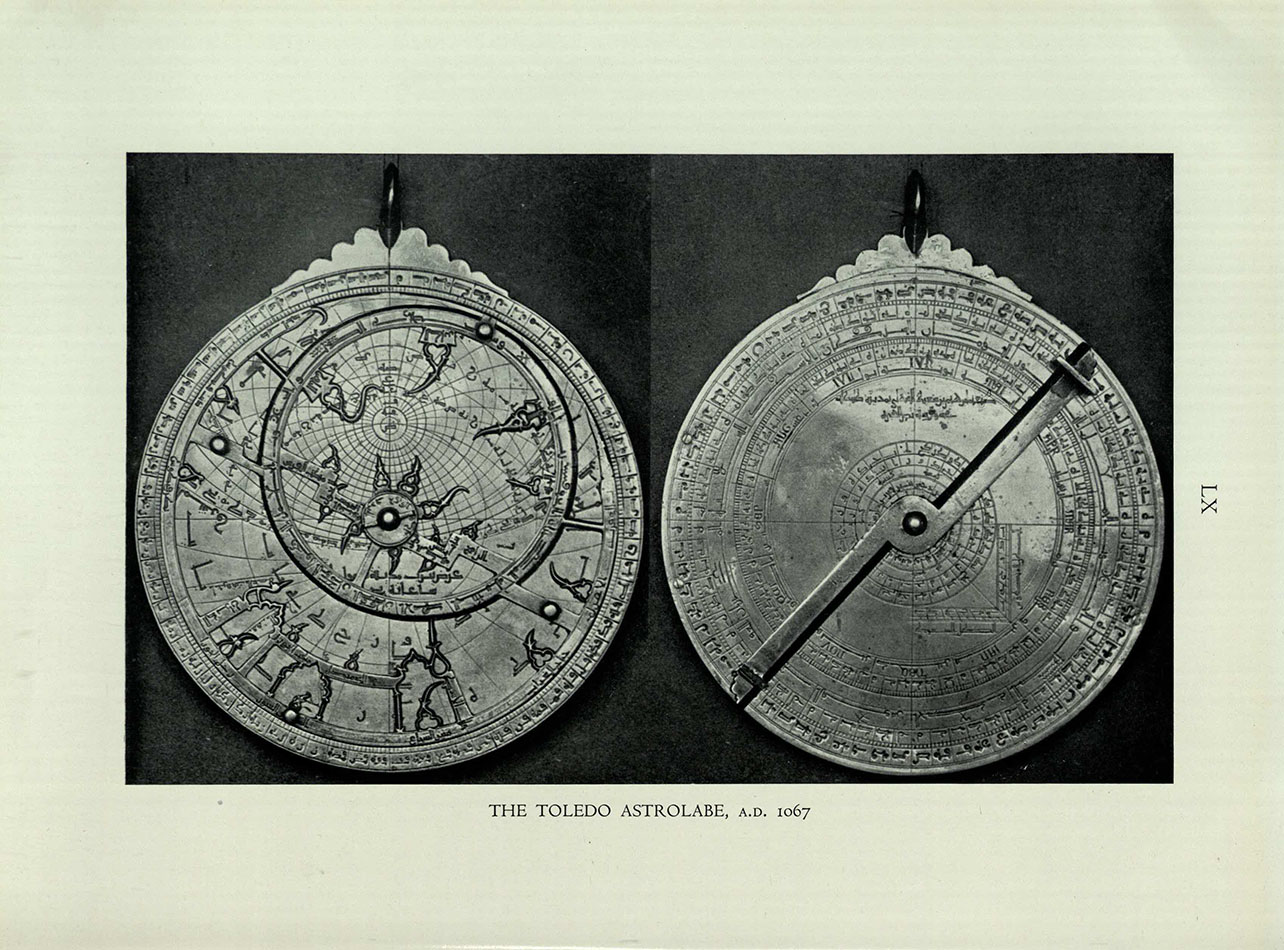
Now for something a little more gruesome – one item in particular that caused a stir amongst the team was the highly detailed illustrations in The Atlas of Skin Diseases published by the New Sydenham Society around 1860. The folder contains 49 loose plates, each highly detailed and masterfully coloured. At around 60cm in size, each plate displays a graphic representation of many skin diseases, providing a snapshot of what kind of conditions the medical community was coming into contact with at the time. I’ve tried to find some of the less disturbing ones to show you. Have fun.
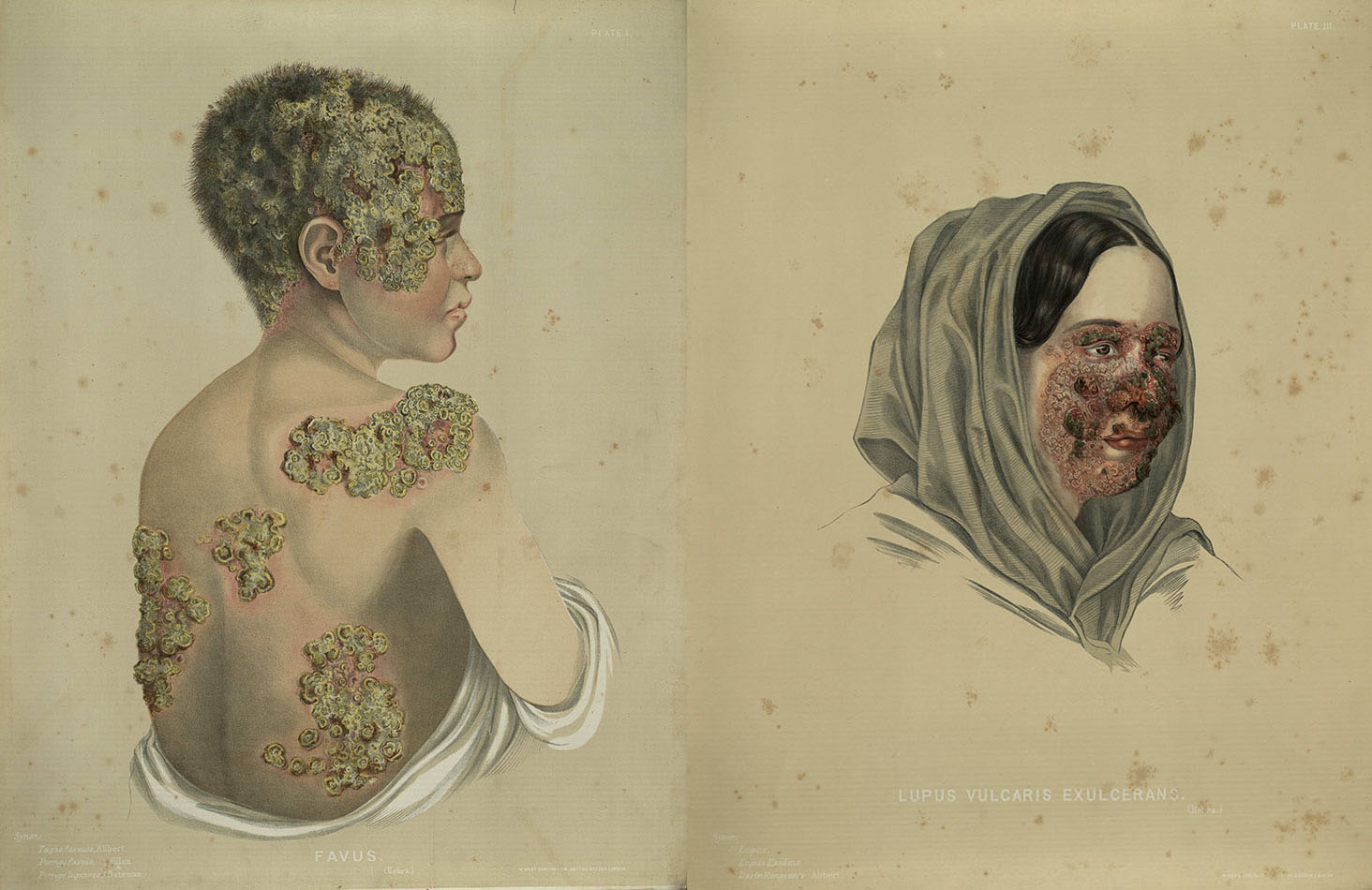
Finally, from the realm of botany, W. R. Dykes’ Notes on Tulip Species contains some wonderful illustrations of various types of tulips (something to purge the palate after those medical plates!), along with detailed scientific observations and descriptions of each.
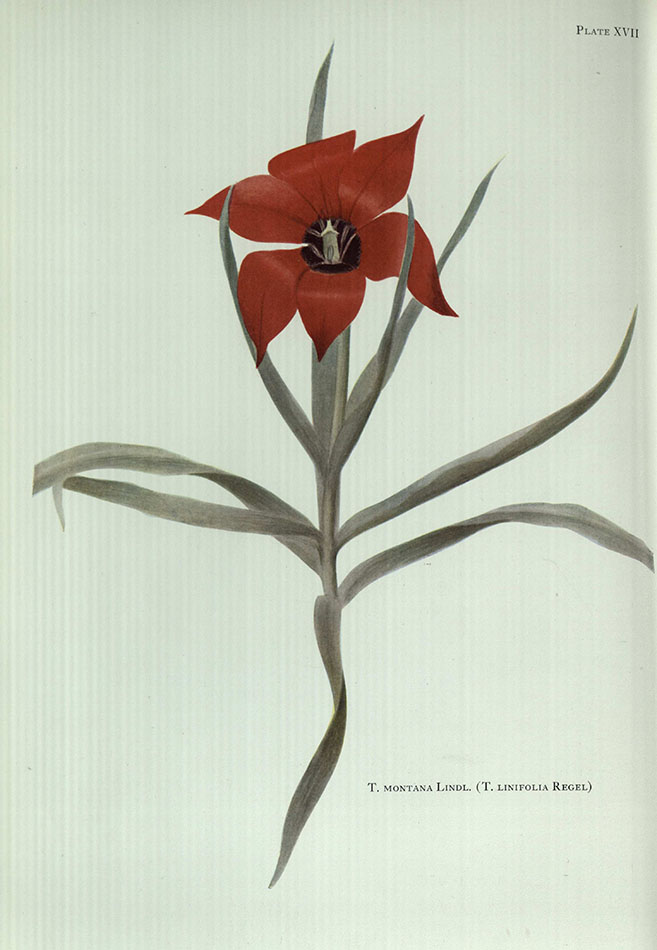
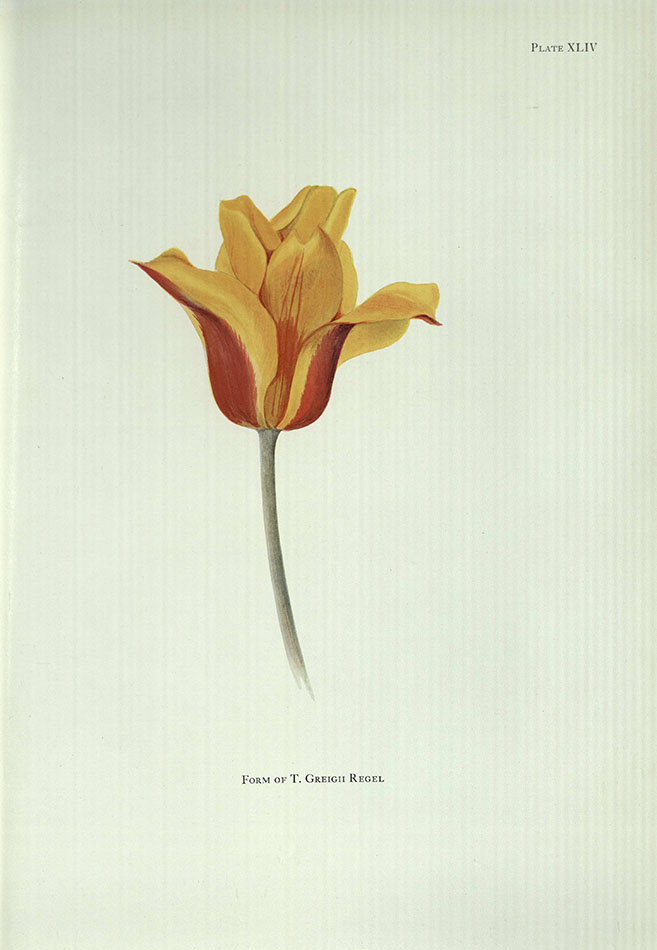
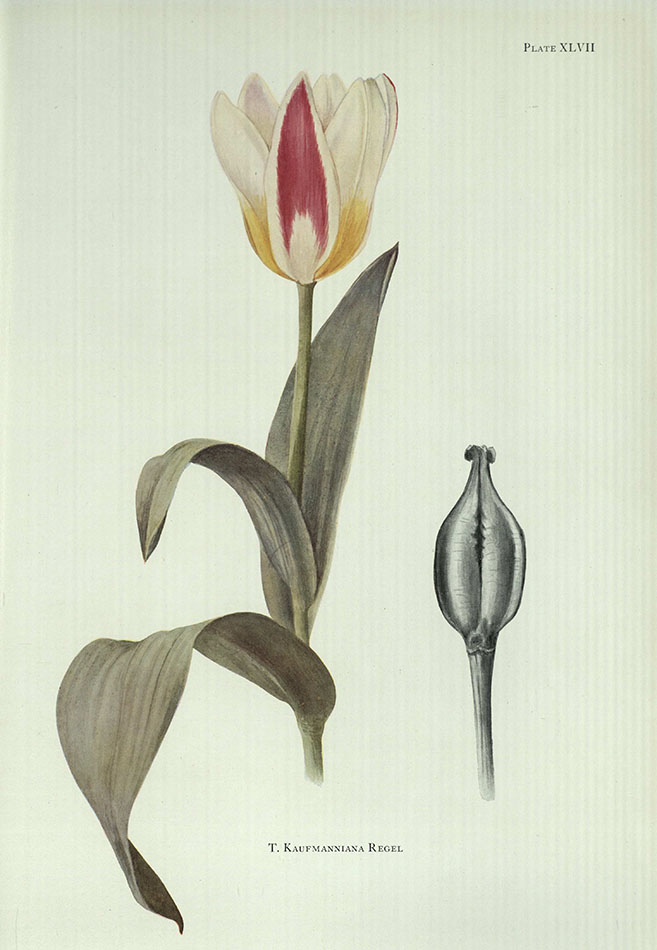
Rather than say any more about the collection, I’ll simply leave you to smell the metaphorical roses (tulips) as you browse the pictures, and finish up Part 1 of our blog on the general Reserve Collection. Be sure to check back next week for the second instalment!
Kieran Cressy
Phase 1 Cataloguer